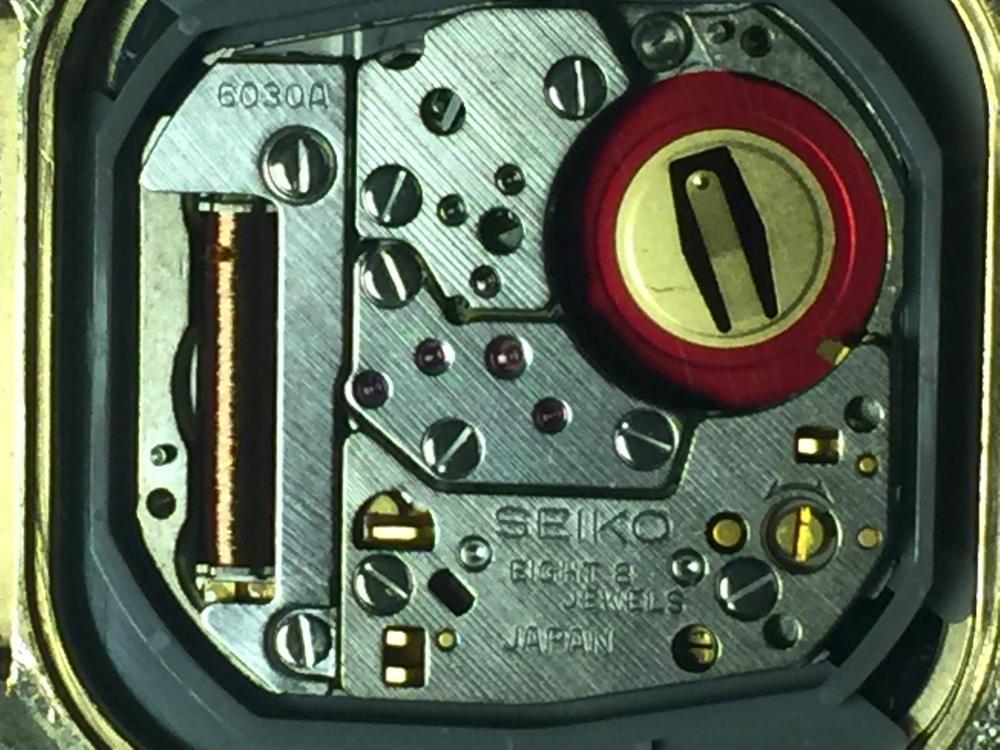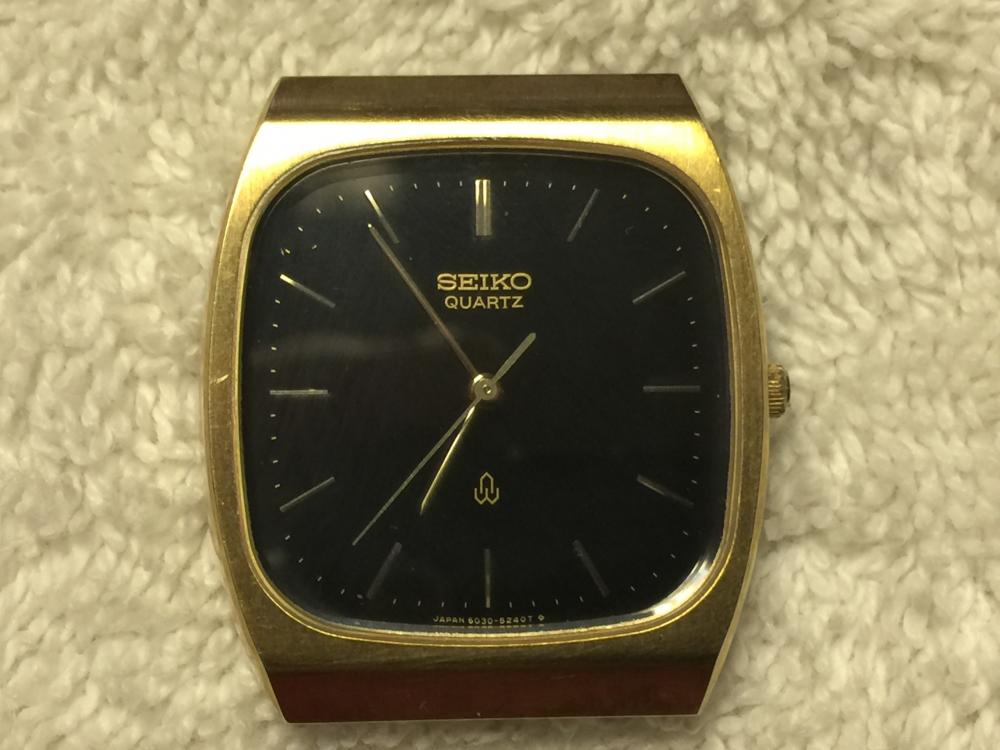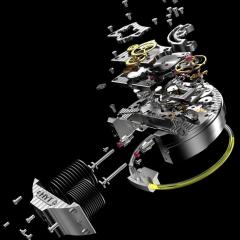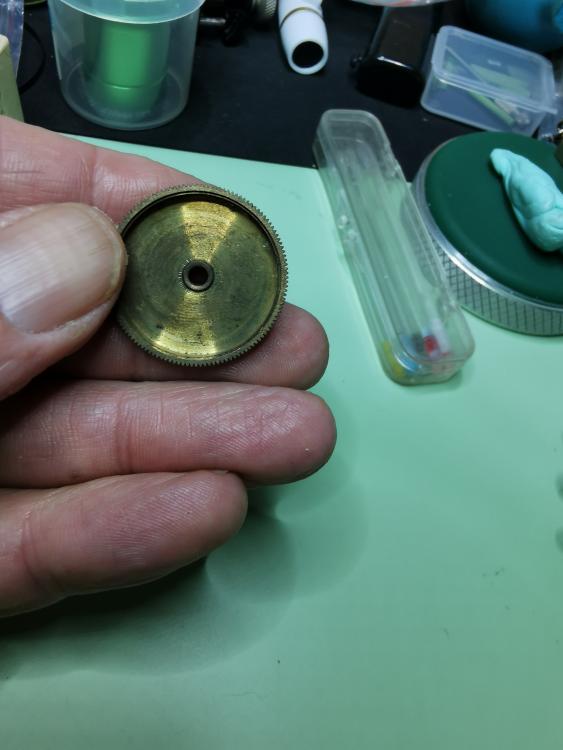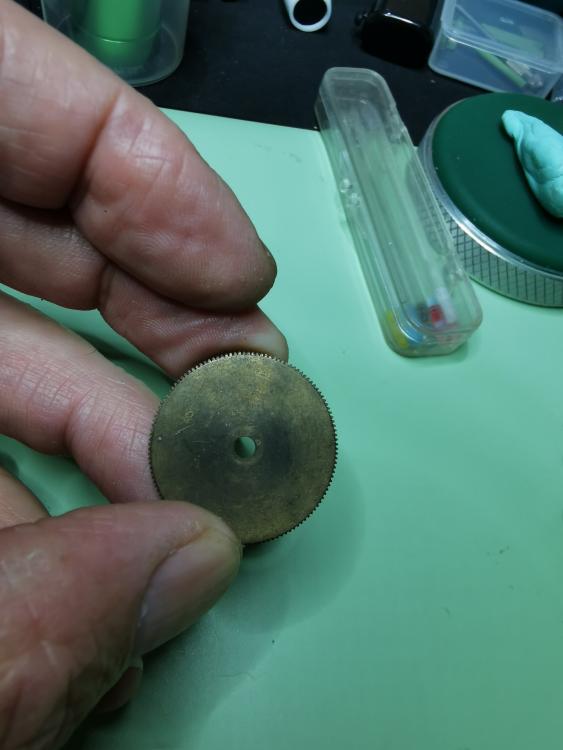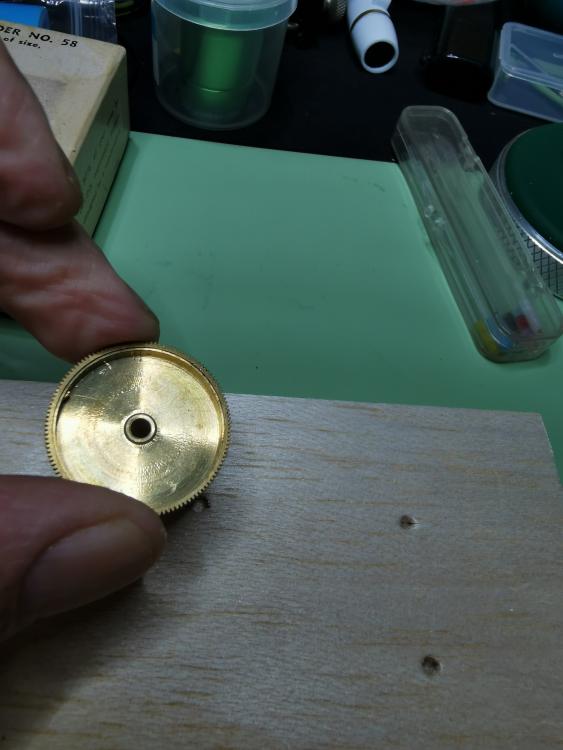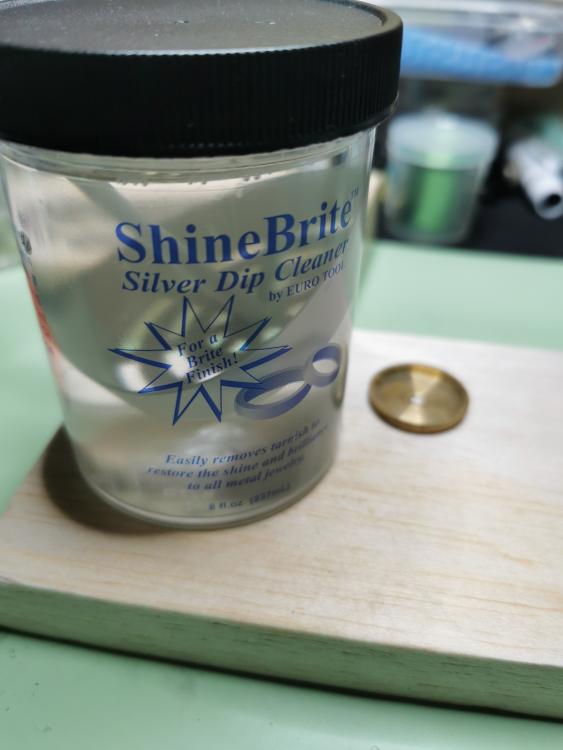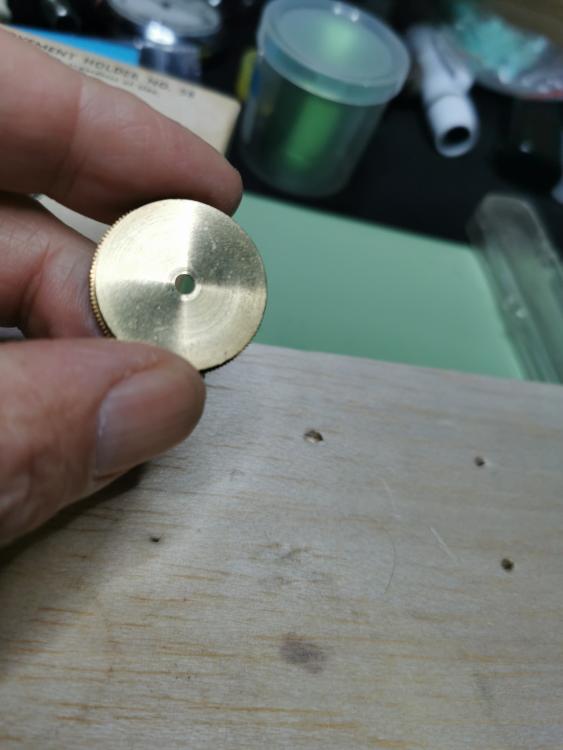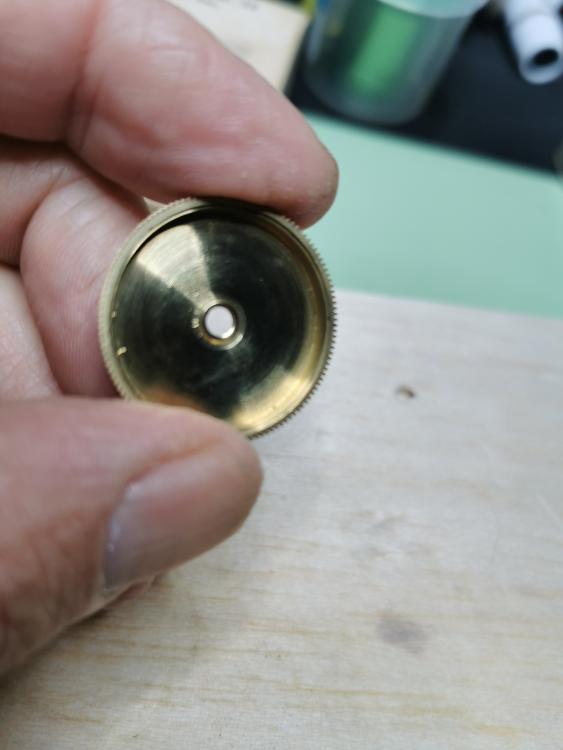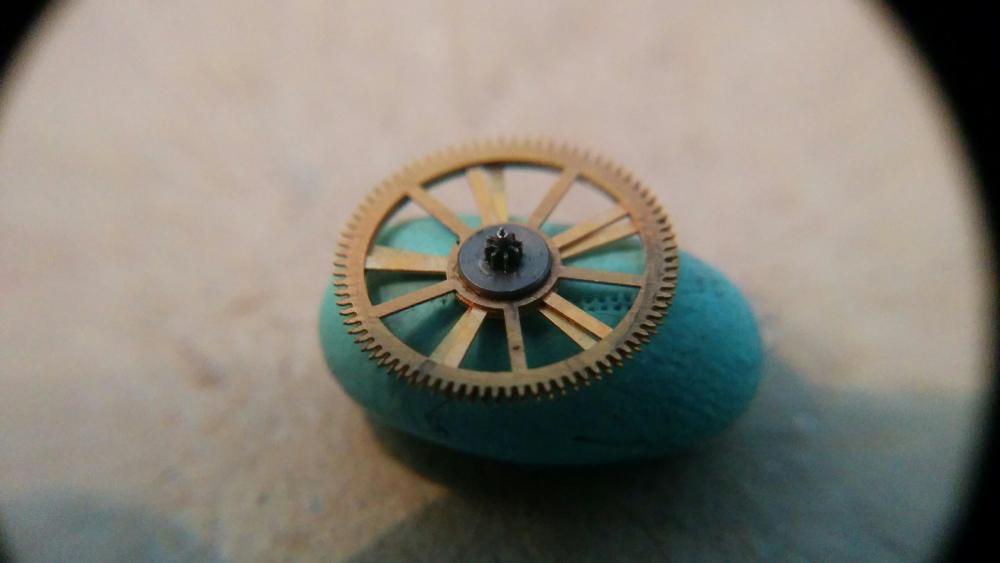Search the Community
Showing results for tags 'Cleaning'.
-
Hi, I have managed to get hold of a singing bird cage at a reasonable price after years of trying. It's not working...I would like some advice on what solutions to use to clean it as I think it just requires a good clean, nothings broken. Can anyone tell me what make of cleaner to use and what lubricant would be best, have attached photo's! Thanks
-
Good day all, I'm a recent 30 year retiree and elected to start cleaning some of my older watches that ended up in a box wrapped in a towel. One in particular, a gift from my grandfather, began working with a new battery but the crystal appears foggy. I would appreciate specific instructions for removing the stem/ crown and cleaning the crystal from an 1980 Seiko with the 6030A movement. Thank you in advance. Regards, Rick
-
Hello, I could not fint any answer to this on any other thread. Im using Isopropyl alcohol for the last step of hand cleaning movements. However i can not find a good way to throw used liquid away. How do you do it, I know that the liquid will turn into gas eventually however since i fill a small jar there is always going to come times when i need to throw it away. Where do i throw it? How do you do it? Thanks in advance, Jakob
- 15 replies
-
- isopropyl alcohol
- cleaning
-
(and 2 more)
Tagged with:
-
I hope I have posted in the right section. It is a tool I guess. I would like to share with you if you don't already know a way to bring back the shine on old pocket watch movements. In the photos I grabbed an old barrel from the parts bin and dipped it in Shinebrite for about 10 Min. Then I placed it on bolsa wood and give it a scub with a medium hardness small paint brush for a few more minutes. Rinse it under the tap and yeah the shine is back. I do this with stained plated movements as well. Gets rid of tarnish better than other methods I know.
-
Hi guys, I’m following Marks course level 2 at the moment. I’m not clear at all about the cleaning by hand process, I will put my doubt underneath: I’ve got myself Zippo lighter fluid, and also Bergeron One-dip solution. It is not clear to me when to use one or the other, or if they are alternative to each other. Phases: Soak, rinse, clean by hand, rinse again...what’s the exact order to follow in cleaning by hand? In the course is said to do a rinse with fresh fluid starting with the balance assembly. Does this imply that the balance assembly is cleaned only one? Or do I do 2 rounds changing fluid, both rounds started with the balance assembly? Thanks again for clarifications and any additional tips, or the method you use to clean by hand (I will think about a cleaning machine in the future but I’ve spent already a lot of money to start with!) M
-
Hi fellow watch enthusiasts, I hope you are keeping safe & well. Having tinkered for a while, and completed the second of Mark's on-line course, I'm taking the plunge and undertaking a full dismantle, clean and reassemble of an old 1960's Tissot Seastar. As a result I have two questions, if I may. I read somewhere, that I should not subject the pallet fork to the harsh cleaning fluids, as it may damage the delicate End Stones. Is this accurate and correct and are there any other components that I should not put in the harsh cleaning fluid..? In addition, I've managed to secure a NOS replacement main spring. I'm assuming that as its been sitting around for a good while it will need lubricating. It there a method of lubricating the main spring without the need to unfurl it from the temporary housing it comes in, or once inserted into the barrel..? Many thanks Phil
-
Hello, I have disassembled the Poljot 2209 movement. I would would need your advice, if it is ok to wash also the "double gear" and how to oil it later... Thanks Andrej
-
Hi gurus, I have picked apart my first actual watch (although a cheap one I bought for this purpose), and am preparing to clean and oil it. For the mainspring, I am however not comfortable with how I'm supposed to clean it and could use some help! I have an L&R style cleaner that rotates through three jars, and below is the picture of the bottom basket and the mainspring. My question is: do I simply coil the mainspring into the basket or do I need to clean it "old style" with a piece of paper and oil? I believe Mark said in a video that he puts the spring in the bottom basket of his machine? -- Thanks, Stian
- 5 replies
-
- cleaning
- mainspring
-
(and 1 more)
Tagged with:
-
Hello, I am new at this forum, and I have a question right at start. I have got an accutron for a year, and I looked into it with a microscope first time (only with loupe earlier). I found out that fingers are dirty, looks like oxidation. I put photo of them. Is it possible to clean them without disassembling the movement? I have read that someone has applied naphta to the index wheel while running... Thanks in advance for help! BR Jukka
- 20 replies
-
- Accutron
- Index finger
-
(and 2 more)
Tagged with:
-
I recently obtained this Harper watch (see pic). It has a 17j A. Schild 1187 movement which had a broken mainspring and needed a good cleaning (lot's of oil, whew!). I cleaned it and after some mishaps--including losing a cap jewel which I was able to rectify thanks to the generosity of a fellow Watch Repair Talk(er)--was able to replace the mainspring and get the watch running. It's an inexpensive watch (I bought it for $3) but I was very heartened that I could get it running. Id's say it dates from the 50s - 60s? I have never encountered a watch with kind of back this one has. It has two pieces: a back plate and a screw ring (name?). Underneath the back plate was a gasket that had completely deteriorated over the decades. Now my challenge is to find a replacement. Not sure what it is I'm looking for. Does this kind of back have a special name and how would one specify the size of the gasket? From the size of the movement or the case? You'll have to click on the image to see all of it. Please excuse the clumsy image composition. Still learning how to use Gimp 2.
- 3 replies
-
- 1
-

-
- Harper watch
- cleaning
-
(and 3 more)
Tagged with:
-
Several of the watches I've encountered have what I would call superficial rust. I can remove some of it by scrubbing but, quite often, there's a residual stain. Any technique/preparation/compound that is readily available that can be used to remove stains without, say, removing the plating? Particularly encounter problems with screw heads and parts of the keyless works (set mechanism).




